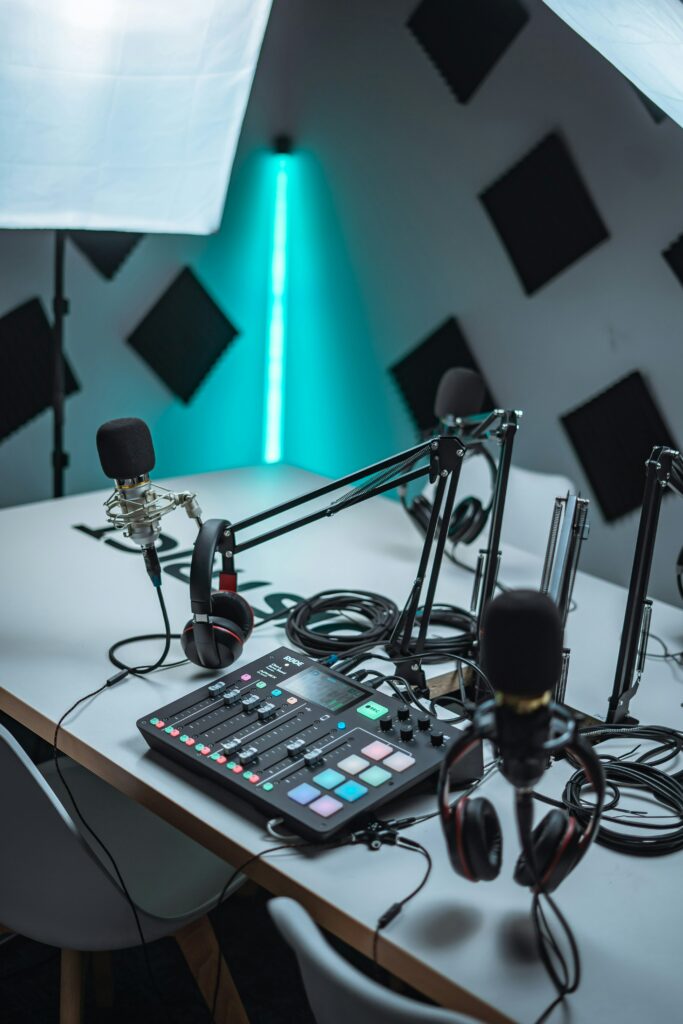Peer Response #1- Rachel Powell
Hello Rachel! I read your post this week and enjoyed reading it! I really liked the use of definitions table at the start of your blog as it made the site easy to follow! I liked the way you highlighted some strategies to protect personal information and privacy when in digital spaces. Extending past reading terms and conditions, being selective and accepting cookies I believe there are a fewer other ways to protect our privacy. I also think that it is important to make use of VPN’s when completing work for school or your career. Another thing is too download an antivirus that can prevent and remove your virus your device.
I like the way you highlighted the importance of inclusivity in education and PLN’s in your post this week. You made great points as to how inclusivity can be fostered through UDL. UDL can be incredibly useful when trying to make an inclusive learning environment for individuals with differing abilities, due to the focus on increased engagement in engagement, representation and expression. Beyond just UDL, I think that there are other things that can support inclusivity in educational settings. I think that it is important to seek out the voices of diverse groups of individuals to recieve their understanding and viewpoint. Another way to support a diverse learning environment is to respectfully communicate with other communities to encourage individuals to share their ideas with others.
I think you gave some great ways to support diversity within learning environments, namely– interacting with resources and choosing to use inclusive features, but I also think that creating and promoting culturally sensitive materials, diversity training and applying materials for different learning styles can also aid to support inclusivity.
Peer Response #2- Justin
https://justinscott.opened.ca/category/edci338/
(This post would not let me embed it into the blog)
Hi Justin! I really enjoyed reading your blog post this week! I really like the way that you explained diversity within digital learning. You did a good job covering the challenges to diversity such as language barriers and limited representation. I also feel that social media platforms such as Instagram, Reddit and TikTok have been great resources as I try to learn information and build a PLN. I think you made a great point as to how social media can be used in PLN’s to supports community building within groups of people. I think that there are a lot of other benefits to social media such as increased motivation and continuous learning. Those ideas left me to wonder about possible challenges to social media in PLN’s? I think that some possible challenges could be confirmation bias, echo chambers, and misinformation. Due to PLN’s access to online resources, it is possible that misinformation could be spread in PLN’s, especially when on social media platforms such as TikTok or Instagram.
Great job this week! I look forward to reading more in the future.
Peer Response #3- Justine Dhillon
https://justinedhillon.opened.ca/category/338-blog-post-3/ (This post would not let me embed it into the blog)
Hello Justine! I enjoyed reading your blog post this week! I really like the way that you described the importance of privacy. Maintaining privacy through two-factor authorization, anti-viruses, and privacy settings is essential to maintaining individuals’ safety when online. Similar to you, I found that as I have gotten older and began to build a PLN, I have been able to use social media in so many ways I had never imagined. I never thought I would use Reddit and TikTok as ways to connect with other people in my field and learn information. Dissimilarly, growing up, I thought it was a form of entertainment. I agree entirely with your sentiment that diversity needs to be a priority in all educational contexts. I think some possible ways to promote diversity are to attend webinars and conferences that discuss diversity, and to join and share online communities and posts that showcase minority voices and perspectives.
Thank you for your contributions to the EDCI 338 community this week!



